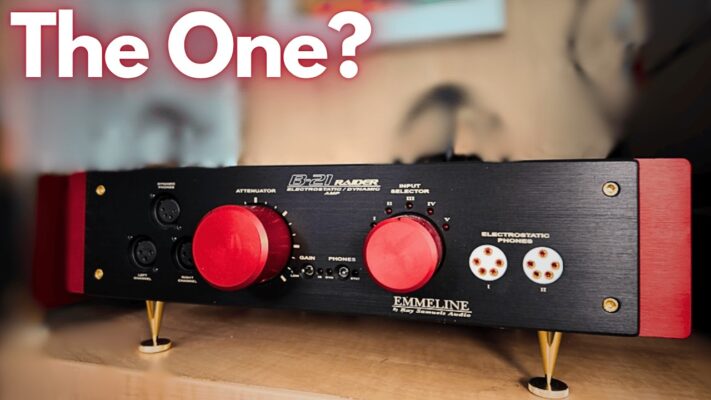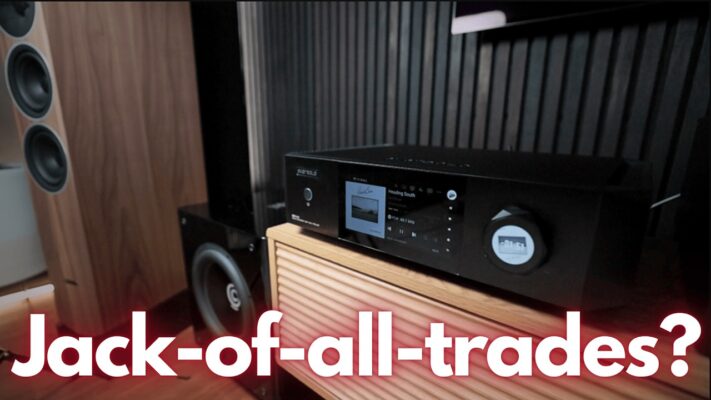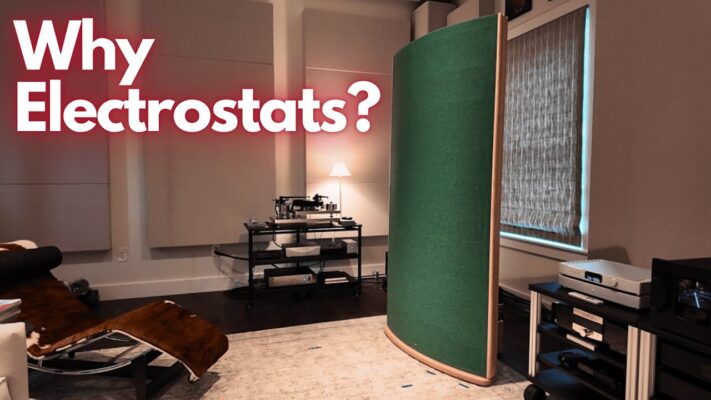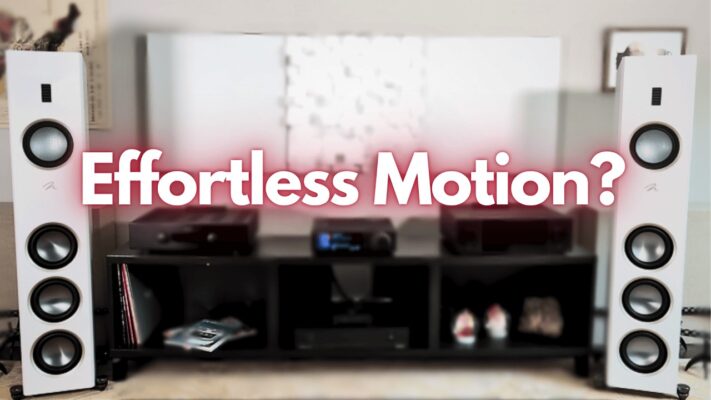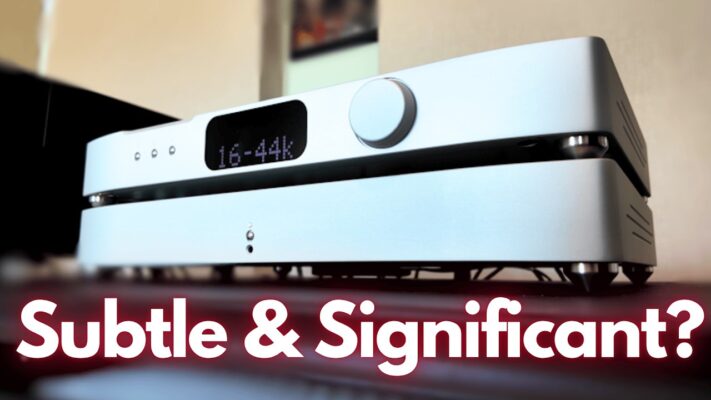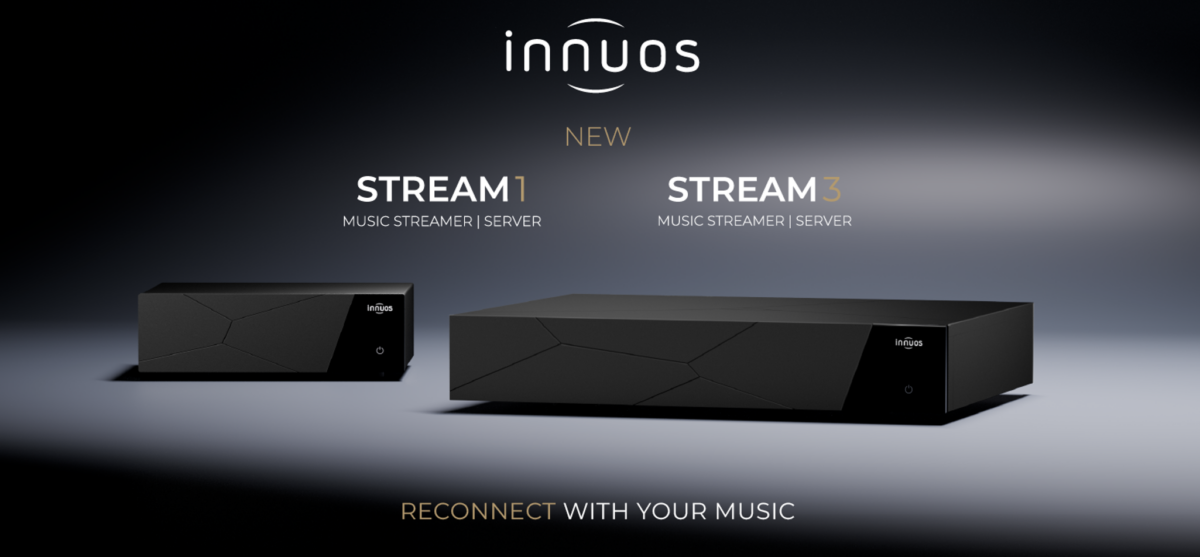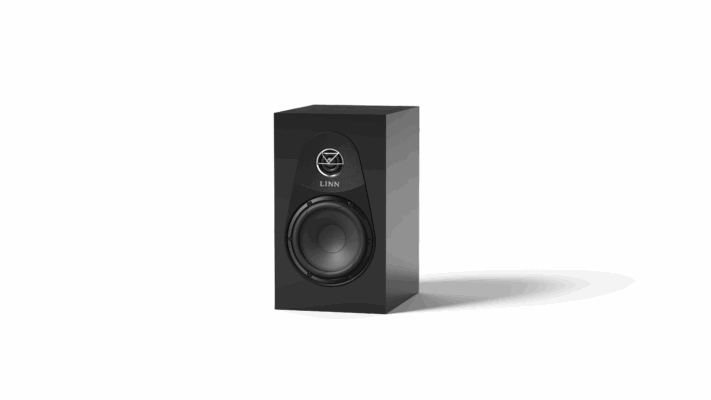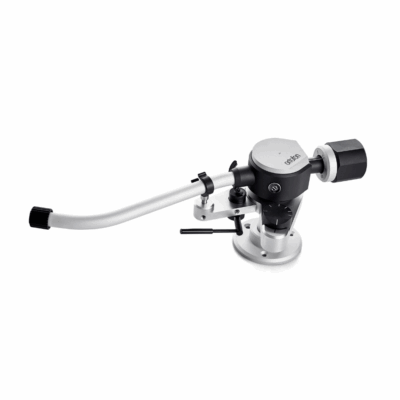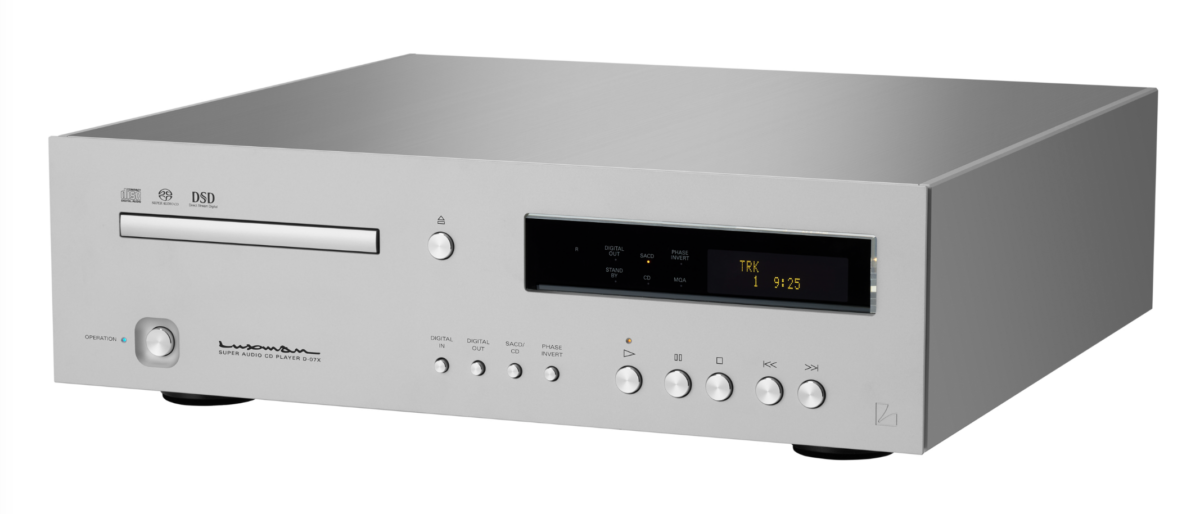I tend to approach amplifier reviews with some trepidation, because I’m afraid the differences between them will be minute. This is almost never the case in reality. With the Block Class A monoblocks, the sound quality was not only easily discerned, but it was also what I think many audiophiles would want, if cost were no object.
Product Overview
Blockaudio is a Czech manufacturer of amplifiers, line stages and power accessories. The mono Block SE amps under review here are 200-watt pure class A power amps into 8 ohms, with a bit of extra class A/B headroom above that allowing output to 280 watts per channel. Into 4 ohms, pure Class A power is 100 watts per channel (thanks to Ohm’s law) but the Class A/B headroom above that extends to 500 watts per channel.
Now, no one suggested using class A circuitry because it was efficient. Class A designs typically run at less than 25% efficiency, which means they generate a lot of heat and they do this all the time. Idle dissipation on the Block Mono SE is 450 watts per amplifier in class A mode, to give you a sense of this, which requires big heat sinks, though for perspective this is about 4 light bulbs of the recently bygone incandescent era. Such power and heat sink demands make for a large amplifier with big power supplies. As a result, the amps weigh 190 lb. Each.
Although class A amps in some ways use simpler circuits, the massive power, output device and heat dissipation demand mean that class A designs are quite expensive on a price/watt basis. In this case, the Block Monos are priced at $60,000 per pair in the US.
If you are a firm believer in the commodity status of audio equipment, class-A amplifiers (and many other audio concepts) will make no sense. But if you are curious, as I was, whether class A, and this implementation in particular, have some sonic merits, well, let’s take a look. Or a listen.
Before I cover sound quality with my objective observations (see our methodology paper for more on this approach), I should say that there are theoretical reasons class A circuits might be advantaged. The basic idea is this: output devices (bipolar transistors, MOSFETs or tubes with transformers for example) are non-linear devices. We want an amplifier to simply output a larger version of the input signal so that we can make speakers deliver realistic sound levels. For that we need linearity, which just means the output mirrors the input, only bigger. But, as I said, with real amplification devices, linearity is not inherent. Class A circuits have the distinctive characteristic of amplifying smaller signals using the most linear part of the amplification device’s operating region. Because amplifiers are mostly used in the low power range (what Nelson Pass and others call ‘the first watt’ in recognition that most listening only uses a few watts on average), class A has the advantage of being the most linear where the music is operating the most. Nothing is ever so simple in real engineering, and it is extremely hard to reason from technical ideas to sound quality, but it may be helpful to know that class A probably isn’t just a really expensive way to do what could easily be accomplished in other ways.
Sound Quality
I set up the Block Mono SEs in my main listening room, driving Perlisten S7t speakers. I used the Block control amplifier which is designed to manage the parameters of the Block power amps – a handy feature. My main source was Qobuz on an Aurender N200 streamer into a Berkeley Audio Alpha DAC Reference Series 3.
Let’s start with voicing.
The Block Monos present an almost mysterious combination of sonic detail and soft, naturalistic treble. I say mysterious, because even very good amplifiers make you feel there is something of a tradeoff necessary between clarity, instrumental separation and texture on the one hand and effortlessness, smoothness and balance on the other hand. You begin to feel that you can’t quite have both. If you want detail and musical insight, you often think have to accept extra edge or sharpness or excess upper frequency output. And yet, when you listen to real music (what we call the absolute sound) you don’t sense this tradeoff as much. The Block Monos come closer to giving you both detail and lack of artifacts than any amplifier I have heard.
Now to be fair, the Blocks run at the upper level of the product pricing I normally cover, so I can’t say they are the best amplifiers in the world in this regard. Probably no one can say that about anything. But I do think the Block Monos do something special in an area that matters or has been a point of frustration for many music lovers, especially those who use digital sources.
I do also want to say that the Blocks don’t solve the problems of digital encoding and decoding, so they aren’t a silver bullet. They also don’t solve the problems of recording engineers using their tools to do unnatural acts of treble balance or compression or distortion overlay.
On two albums I played, the Barber Adiagio with the Pittsburgh Symphony under Honeck and then the Bach Cello Suites with William Skeen, I was deeply impressed with the textures and resonant details of the instruments which came across as relaxed and flowing and yet very high resolution. The amp moved the reproduction to a level where you stop thinking about the sound and are moved by the beauty on offer.
Then I tried Rachmaninov’s The Bells, with the Berlin Philharmonic under Rattle. I haven’t been in love with this recording, but the Block helped move it away from the sizzle zone while digging into the sometimes heretofore muddled sound and extracting a sense of life and openness.
Switching gears to John Coltrane’s Interstellar Space, which sat in the vaults for years, then was released in 1974 and more fully realized in the CD era, I was again pleasantly surprised. This recording is just Coltrane on sax and Rashied Ali on drums. The drums are wonderfully dynamic and even when Coltrane goes nuts on the sax, it doesn’t drill a hole in your head. You simply hear layers of expression at high volumes or low.
I want to put a fine point on what this sounds like because I don’t think the Block is playing tricks with frequency response. It sounds much more like midrange and treble notes are less muddled in time. Specifically, transients seem to be “unpacked” by the Block so that you hear the real detail of the signal spaced out over small realms of time, rather than having transients spiked into a pile. This could equally be the Block not adding some distortion component on difficult transients so as not to cause distracting attention to certain instruments. I don’t offer this as a technical explanation, but as an indication of how the Block sounds more detailed and at the same time less harsh.
The other element of voicing with the Block Monos is their bass reproduction. Bass with the Blocks is simply meaty and rich, but to an artfully judged degree. In a way, it might be better to say the Block Monos have excellent bass power and control, the so-called feeling of “grip”, rather than suggesting the bass output is elevated. A nice feature, depending on your situation, is that the Blocks have a very high damping factor but the bass isn’t unnaturally tight or dry. This seems useful to me for an amp in this price range because you aren’t going to fix room problems (and all rooms have them) with an amp. At this elevated level you can probably afford some room design and treatment to get the bass more in line.
The Other Big Thing: Imaging
The other reason I think the Block Monos balance detail and tonality so well is that they image like champs. It may help to understand that psychoacoustic research shows that listeners can hear more detail when the sound stage is broader and deeper, and the instruments have well defined and differentiated positions.
The front to back layering of images with the Blocks is simply outstanding with reference to the absolute sound. I have noted in many amplifier reviews that it may be surprising how different amplifiers are in this regard. But then you listen to these amps, you hear a wonderful sense of the sound having been, say, recorded in a real concert hall, with instruments separated front to back by 10 or 15 or 20 feet. I don’t think of this as a party trick; rather it is part of making the music seem believable and getting your focus on the music and the musicianship.
Another Test of Balance
I also have noted (this isn’t a secret nor an original observation) that recording quality and recording balance have changed over the years. An ideal system would work well on recordings from the ‘60s through to the future. This isn’t to say that a system will make 1960’s rock sound like 2025 electronica. But ideally systems would work well enough in all cases.
With this in mind, I like to try recordings from many eras. I was pleased with what I heard from the Block Monos. The big thing they do is open up older music so that you can hear it less as sludge or tinkly noodling. As an example, I thought the Blocks did an impressive job on Little Feat’s live album Waiting for Columbus originally from 1977, but in the 73-track version issued in 2002. The soloists stand out in a way that you can follow their impressive work. And the mix is full of occasionally odd perspectives, but these come across as…how concerts sound as the performers move around.
And how can you not love “I’ve been kicked by the wind, robbed by the sleet, had my head stoved in, but I’m still on my feet”? Hopefully, you know the punchline.
Summary
This is an amp that makes sense of high-end amps if you’re interested in what is possible. It does what most people think they want, which is to resolve the tension between detail and beauty. At least to the degree that an amplifier can, or thereabouts. I think some listeners would call the performance of the Block Monos subtle. I think that is fair is both senses: the difference these amps make versus less expensive gear is immediately obvious but not dramatic. And the difference these amps make is a significant accomplishment because beauty in real music is often subtle.











